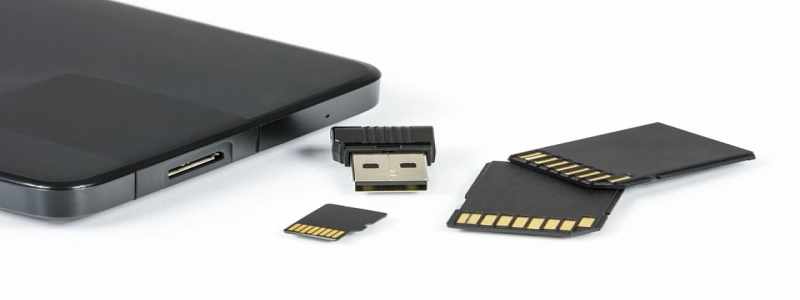QSFP to SFP+ Breakout Cable
Introduction:
A QSFP to SFP+ breakout cable is a special type of cable that is used to connect devices equipped with QSFP (Quad Small Form-factor Pluggable) ports to devices equipped with SFP+ (Small Form-factor Pluggable Plus) ports. This cable provides the flexibility to connect multiple SFP+ devices to a single QSFP port, enabling efficient data transmission and simplifying connectivity in networking environments.
I. What is a QSFP to SFP+ breakout cable?
A. Definition of QSFP
The QSFP is a compact, hot-pluggable transceiver module that is widely used in data centers and high-performance computing networks. It supports data rates of up to 40 Gbps and is suitable for both Ethernet and InfiniBand applications.
B. Definition of SFP+
The SFP+ is a compact, hot-pluggable transceiver module that is commonly used in networking and telecommunication equipment. It supports data rates of up to 10 Gbps and is widely utilized in Ethernet and Fibre Channel applications.
C. Purpose of a QSFP to SFP+ breakout cable
The QSFP to SFP+ breakout cable is designed to provide a cost-effective solution for connecting devices that have QSFP ports to devices that have SFP+ ports. It allows for the aggregation of multiple SFP+ connections into a single QSFP port, enabling higher data throughput and enabling compatibility between different devices.
II. Benefits of using a QSFP to SFP+ breakout cable
A. Simplified connectivity
By utilizing a QSFP to SFP+ breakout cable, network administrators can simplify the cabling infrastructure by reducing the number of cables required for connecting multiple SFP+ devices. This leads to a more organized and efficient network setup.
B. Cost-effective solution
Instead of investing in separate QSFP and SFP+ modules, a QSFP to SFP+ breakout cable provides a cost-effective alternative. This cable eliminates the need for additional transceivers, resulting in cost savings for networking deployments.
C. Flexible deployment options
The QSFP to SFP+ breakout cable offers flexibility in deployment scenarios. It allows for easy upgrading or expanding of network capacity by connecting additional SFP+ devices to an existing QSFP port. This flexibility is particularly beneficial in data centers and enterprise networking environments.
III. Considerations when using a QSFP to SFP+ breakout cable
A. Compatibility
It is essential to verify the compatibility of the breakout cable with the devices being connected. Different devices may have varying QSFP and SFP+ implementations, so it is important to consult the product specifications or seek advice from the manufacturer to ensure compatibility.
B. Cable length and quality
The length of the breakout cable should be selected based on the distance between the devices being connected. Additionally, it is crucial to choose a high-quality cable to ensure optimal signal transmission and reliability.
C. Data rate limitations
When using a QSFP to SFP+ breakout cable, it is important to consider the data rate limitations of the individual SFP+ ports. While the QSFP port may support higher data rates, the connected SFP+ devices may have a lower maximum data rate. This could potentially limit the overall throughput of the connected devices.
Conclusion:
A QSFP to SFP+ breakout cable is a versatile and cost-effective solution for connecting devices with QSFP and SFP+ ports. It simplifies network connectivity, reduces cable clutter, and provides flexibility in expanding network capacity. However, careful consideration should be given to compatibility, cable length, and data rate limitations to ensure optimal performance. By utilizing a QSFP to SFP+ breakout cable, network administrators can streamline their network infrastructure and improve overall productivity.





